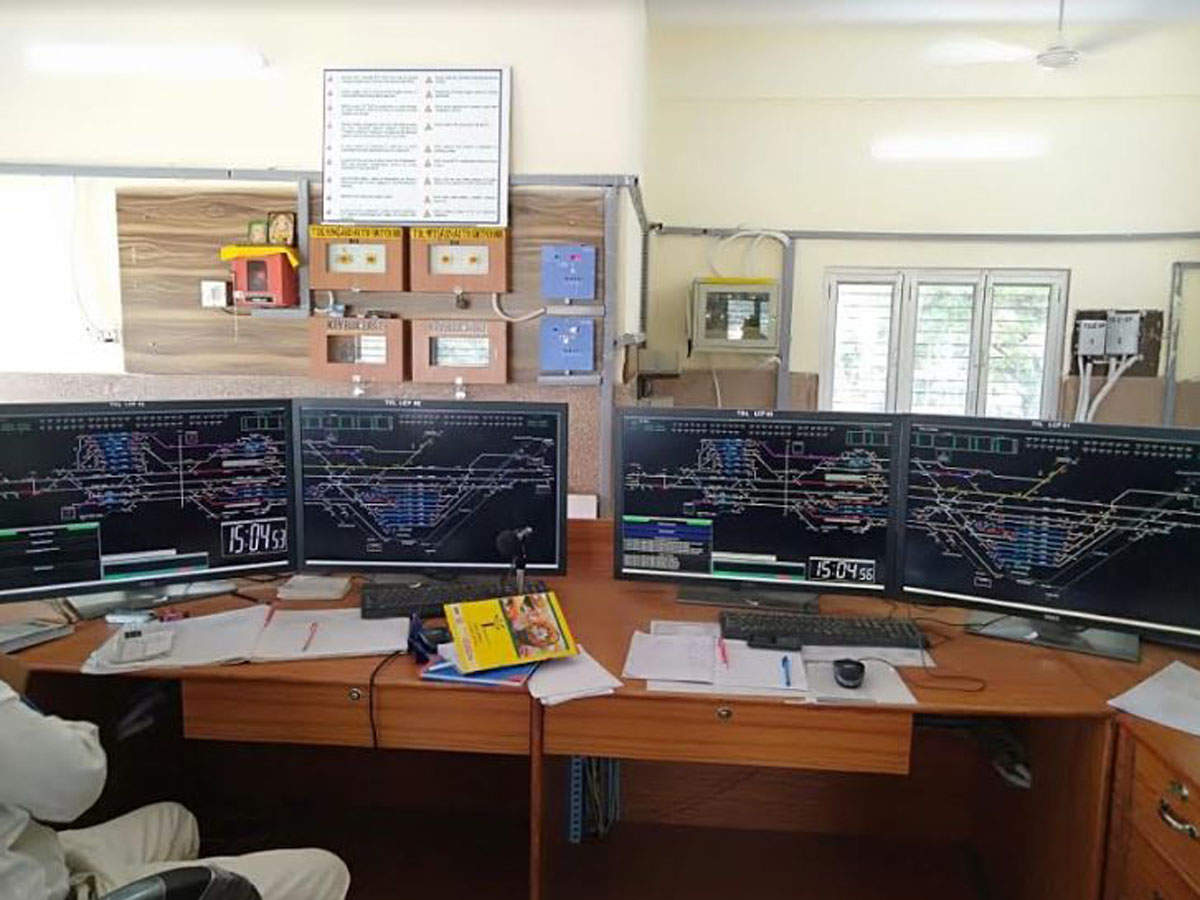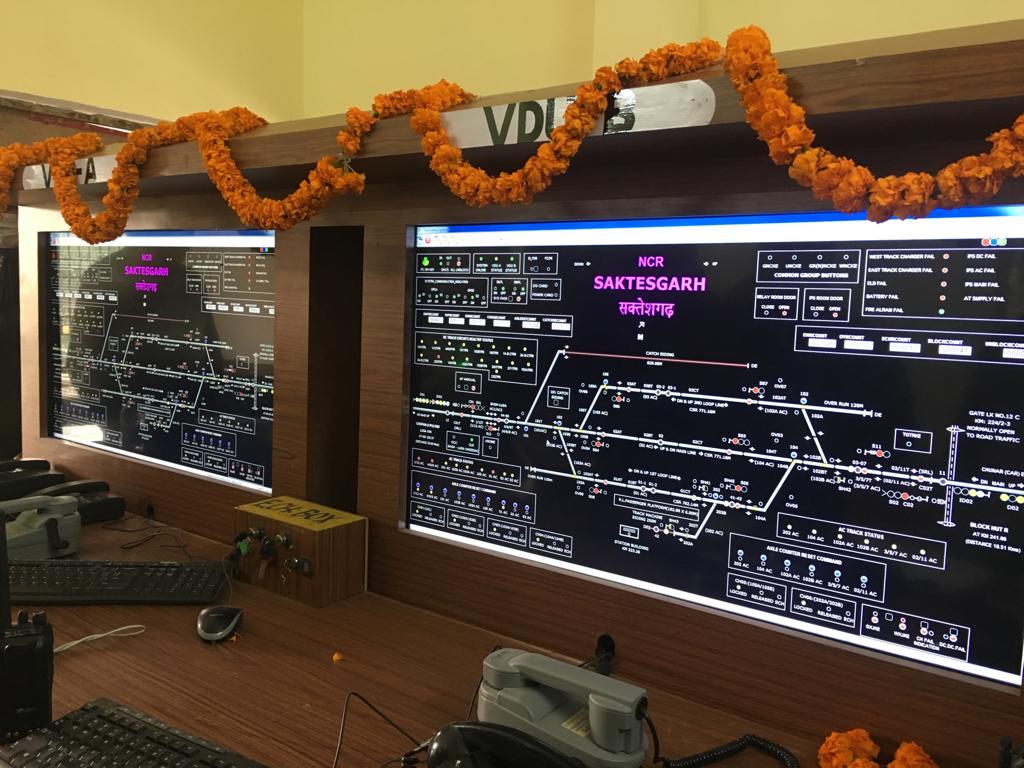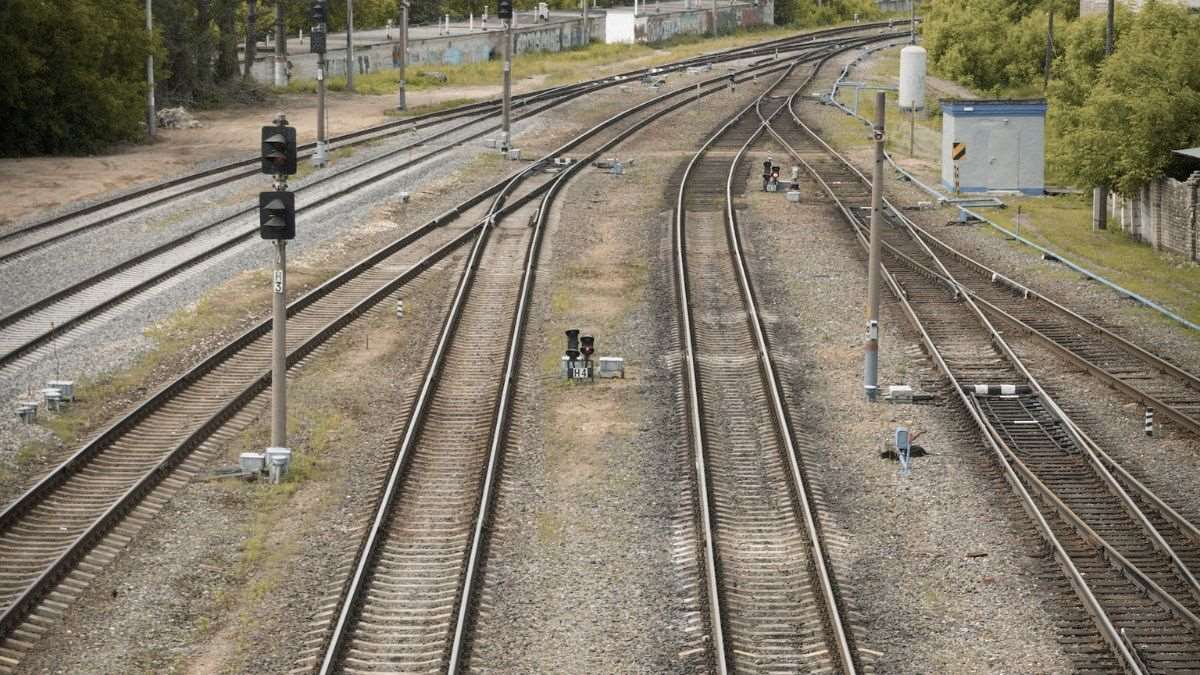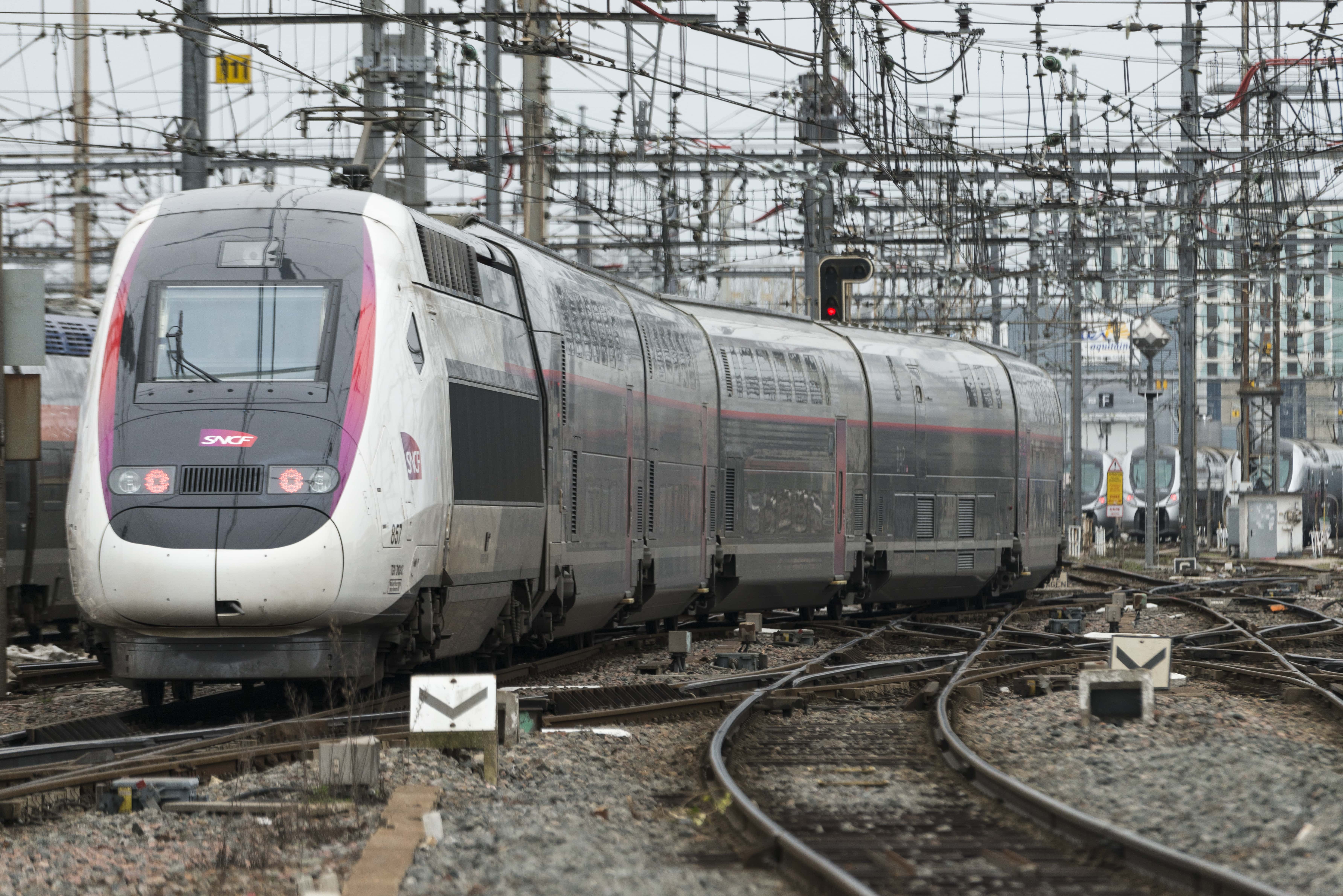Indian Railways’ Latest Technological Advancement: Exploring the New Electronic Interlocking System at Hisval Station 2023

Indian Railways’ Latest Technological Advancement: Exploring the New Electronic Interlocking System at Hisval Station 2023
Electronic interlocking systems were installed at 347 railway stations in FY 2022–23.
The Indian Railways, known for its extensive network and constant efforts towards modernization, has recently commissioned a state-of-the-art Electronic Interlocking System at the Hisval station of the Central Railway. This new system is a significant technological upgradeOur objective is to enhance safety, efficiency, and effectiveness. Overall performance. Reliability of train operations. Let’s delve into the details of this new electronic interlocking system and explore how it works.

Indian Railways has opened a third line on the Jalgaon-Manmad Section and a new electronic interlocking system at Hisval station in the Bhusawal Division. The rail network can run additional trains on its existing lines by making the change. The Central Railway (CR) zone has control over the Bhusawal Division.
To take advantage of digital technology in train operation and to improve safety, the national transporter is adopting “Electronic Interlocking” on a big scale. Electronic interlocking systems were installed at 347 railway stations in FY 2022–23.
/newsdrum-in/media/media_files/N8e5VNPCgzYVLAcSpflX.jpeg)
Interlocking systems play a vital role in railway operations, ensuring the safe movement of trains by controlling the routing of tracks and signals. Traditionally, mechanical interlocking systems have been used, relying on physical mechanisms and manual operations. However, with technological advancements, electronic interlocking systems have emerged as a more efficient and reliable alternative.

The Electronic Interlocking System at Hisval station utilizes advanced computer-based technology to manage and control the movements of trains. It replaces the older mechanical systems with electronic control units, processors, and software algorithms that work together seamlessly to provide precise and automated control over the rail infrastructure.
One of the key advantages of the electronic interlocking system is its ability to minimize human errors and ensure consistent and accurate signalling. The system employs sensors, detectors, and electronic circuits to monitor the status of tracks, switches, and signals in real-time. This data is processed by the control unit, which analyzes the information and makes decisions based on predefined rules and logic.

The electronic interlocking system is designed to handle complex scenarios and optimize train movements efficiently. It considers factors such as train schedules, track occupancy, speed limits, and signal aspects to determine each train’s safest and most efficient route. The system can handle multiple train movements simultaneously while maintaining adequate spacing and avoiding conflicts.
Interlocking in the context of railroads refers to the perfect synchronization of track points and signals for train safety. Through computer settings, electronic interlocking is the next-level variant.
Through Station Master (SM) software, the electronic interlocking system operates. He is in charge of establishing landmarks and signals. The station master uses a panel or one of the offered computers to programme the route for the direction of the train on a particular track.

The integration of electronic interlocking with advanced signalling systems further enhances safety. The system can detect potential collisions, overspeeding, and other anomalies, triggering immediate alerts and appropriate actions. In emergencies or failures, the system can automatically activate safety measures, such as braking or diverting trains to alternative routes.
The Hisval station’s new electronic interlocking system also has advanced communication capabilities. It can exchange information with other control centres, signalling systems, and train operators, enabling real-time coordination and monitoring of train movements. This integration improves overall operational efficiency and enables better decision-making for managing train schedules and resolving any operational disruptions promptly.

The Hisaval station’s computerized interlocking system includes several features, including:
New track route setting: 56
New Point Machine: 18
New Main Signal: 16
New Shunt Signal: 8
New Route Indicator: 4
New Track Circuit: 42
Block Instrument to communicate with the following stations (Panjhan and Panewadi stations): 2
100 per cent Standby Fuse alarm system
Data Logger record: 1

The electronic interlocking system offers significant advantages over mechanical systems in terms of maintenance and diagnostics. It continuously monitors its health, automatically diagnosing faults and failuresThe system is capable of accurately identifying the precise location. The problem makes it easier for maintenance teams to identify and rectify issues promptly. This proactive approach minimizes downtime and ensures high reliability in train operations.
The commissioning of the Electronic Interlocking System at Hisval station is a significant step forward for the Indian Railways in its quest for modernization. This advanced technology promises safer and more efficient train operations, reducing the chances of accidents and delays. The system’s robust capabilities set a benchmark for future interlocking installations across the railway network.
There are now 17 stations in the Bhusawal Division with new third or double lines installed with the electronic interlocking system. You may find them at the following railway stations: Bhusawal, Bhadli, Jalgaon, Raver, Dongargaon, Waghoda, Kurum, Jamdha, Shirud, Dhule, Borgaon, Katepurna, Gaigaon, Burhanpur, Mandwa, Ankai, and Hisval.
As the Indian Railways continues to invest in technological advancements, adopting electronic interlocking systems will be crucial in enhancing overall rail network efficiency and passenger safety. With the successful implementation of the electronic interlocking system at Hisval station, the Indian Railways reaffirms its commitment to innovation and ensures a brighter and safer future for the country’s rail transportation system.




